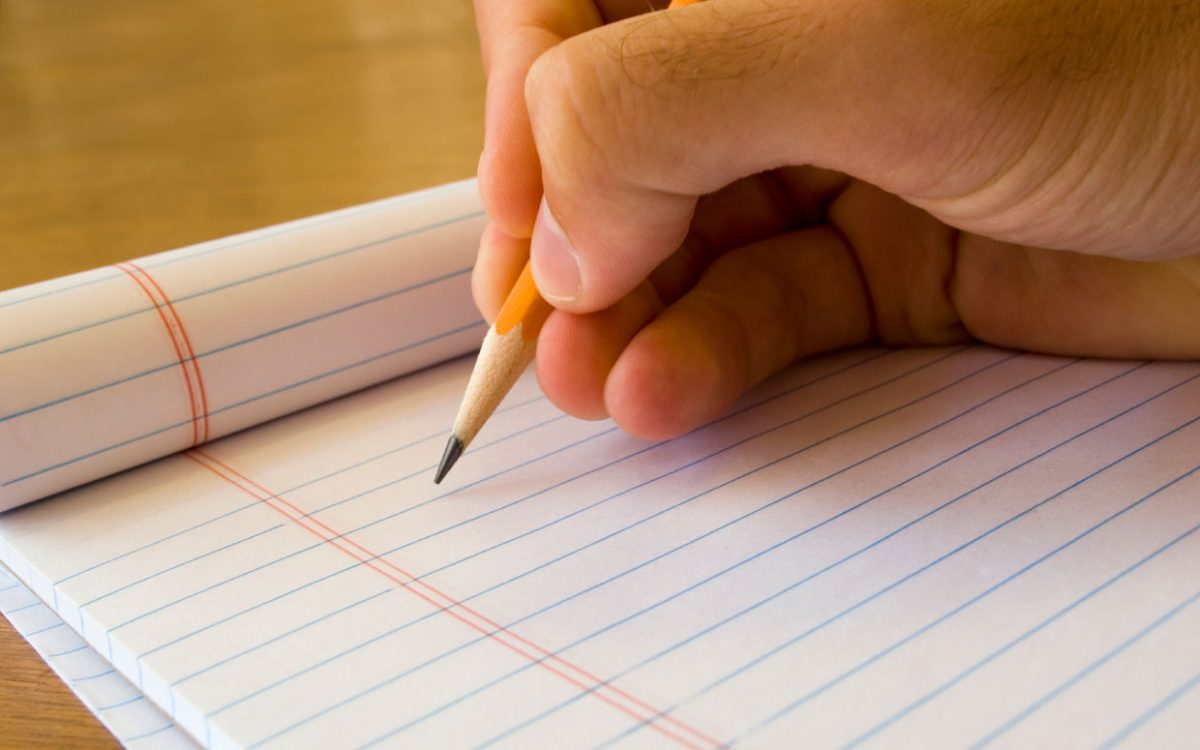Forming Letters Is Key to Learning, Memory, Ideas.
“It seems there is something really important about manually manipulating and drawing out two-dimensional things we see all the time,” says Karin Harman James, assistant professor of psychology and neuroscience at Indiana University.
Handwriting is a building block to learning.
Researchers are finding that writing by hand is more than just a way to communicate. The practice helps with learning letters and shapes, can improve idea composition and expression, and may aid fine motor-skill development. It’s not just children who benefit. Adults studying new symbols, such as Chinese characters, might enhance recognition by writing the characters by hand, researchers say. Some physicians say handwriting could be a good cognitive exercise for baby boomers working to keep their minds sharp as they age. Studies suggest there’s real value in learning and maintaining this ancient skill, even as we increasingly communicate electronically via keyboards big and small. Indeed, technology often gets blamed for handwriting’s demise. But in an interesting twist, new software for touch-screen devices, such as the iPad, is starting to reinvigorate the practice.
Other research highlights the hand’s unique relationship with the brain when it comes to composing thoughts and ideas. Virginia Berninger, a professor at the University of Washington, reported her study of children in grades two, four and six that revealed they wrote more words, faster, and expressed more ideas when writing essays by hand versus with a keyboard.
[1]
There is a whole field of research known as “haptics,” which includes the interactions of touch, hand movements, and brain function.[2] Cursive writing helps train the brain to integrate visual, and tactile information, and fine motor dexterity. School systems, driven by ill-informed ideologues and federal mandate, are becoming obsessed with testing knowledge at the expense of training kids to develop better capacity for acquiring knowledge.
The benefits to brain development are similar to what you get with learning to play a musical instrument. Not everybody can afford music lessons, but everybody has access to pencil and paper.
[1] Berninger, V. “Evidence-Based, Developmentally Appropriate Writing Skills K–5: Teaching the Orthographic Loop of Working Memory to Write Letters So Developing Writers Can Spell Words and Express Ideas.” Presented at Handwriting in the 21st Century?: An Educational Summit, Washington, D.C., January 23, 2012.
[2] Mangen, A., and Velay, J. –L. (2010). Digitizing literacy: reflections on the haptics of writing. In Advances in Haptics, edited by M. H. Zadeh. http://www.intechopen.com/books/advances-in-haptics/digitizing-literacy-….
